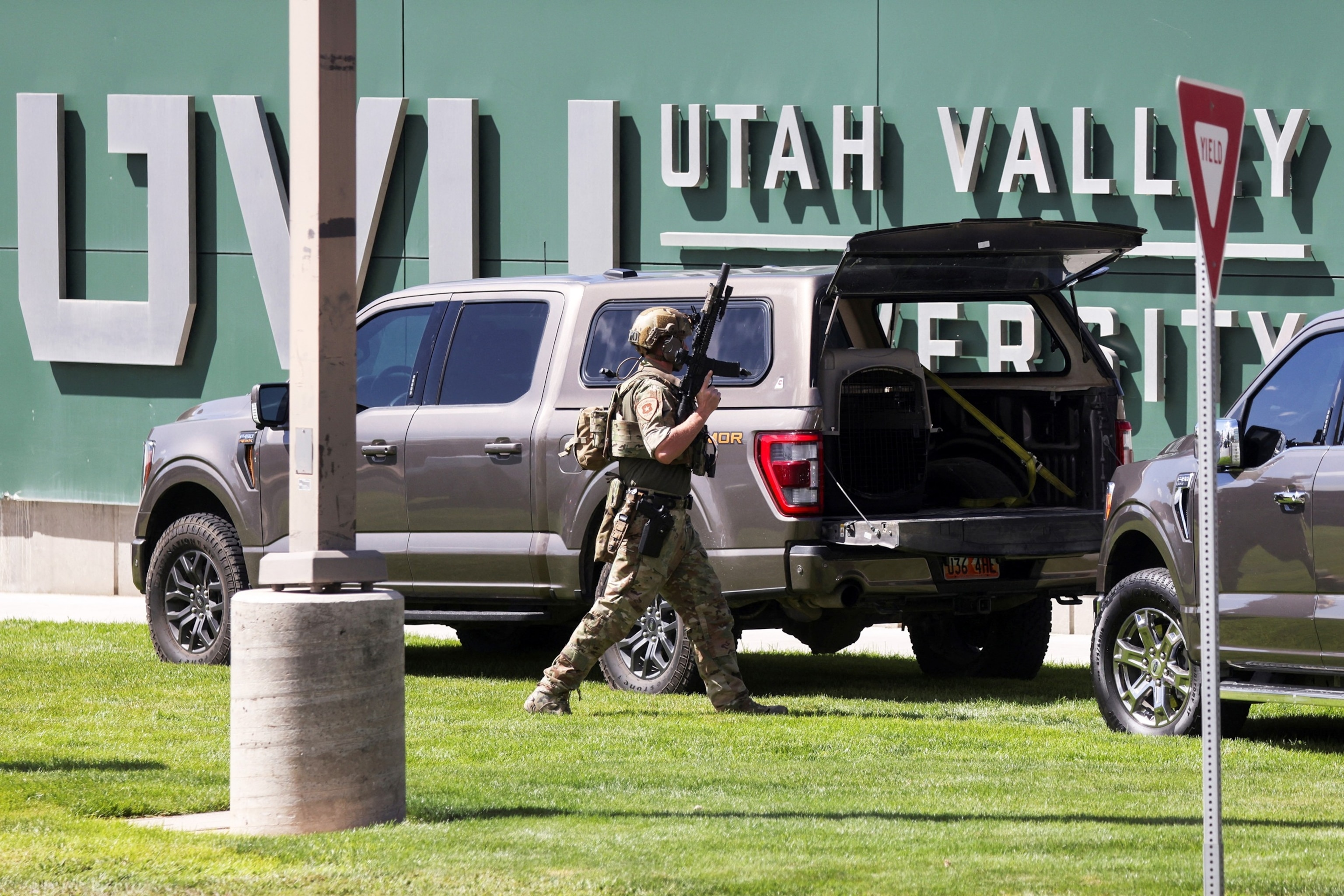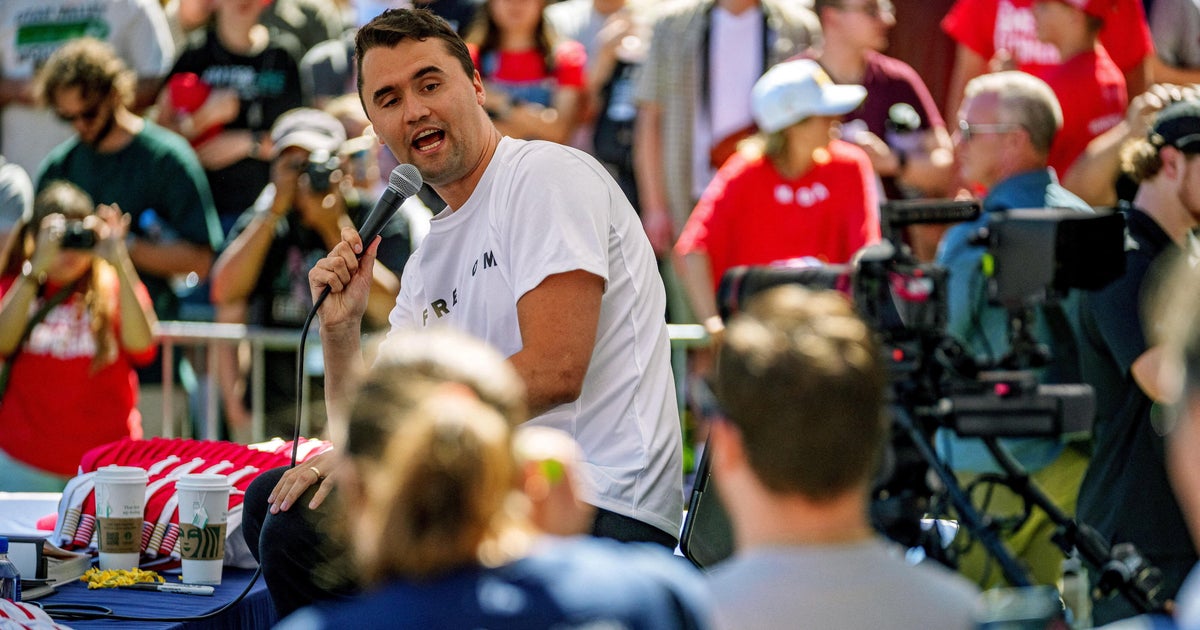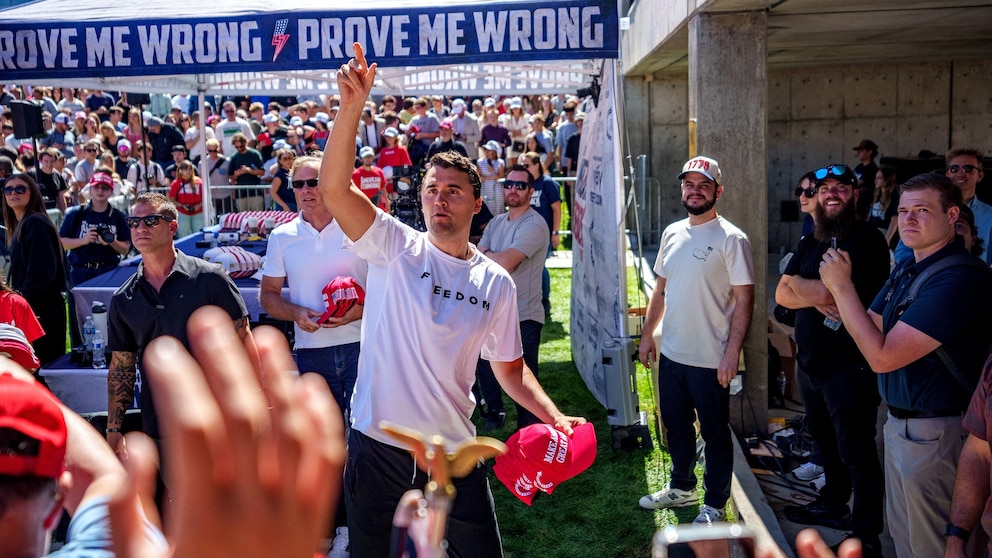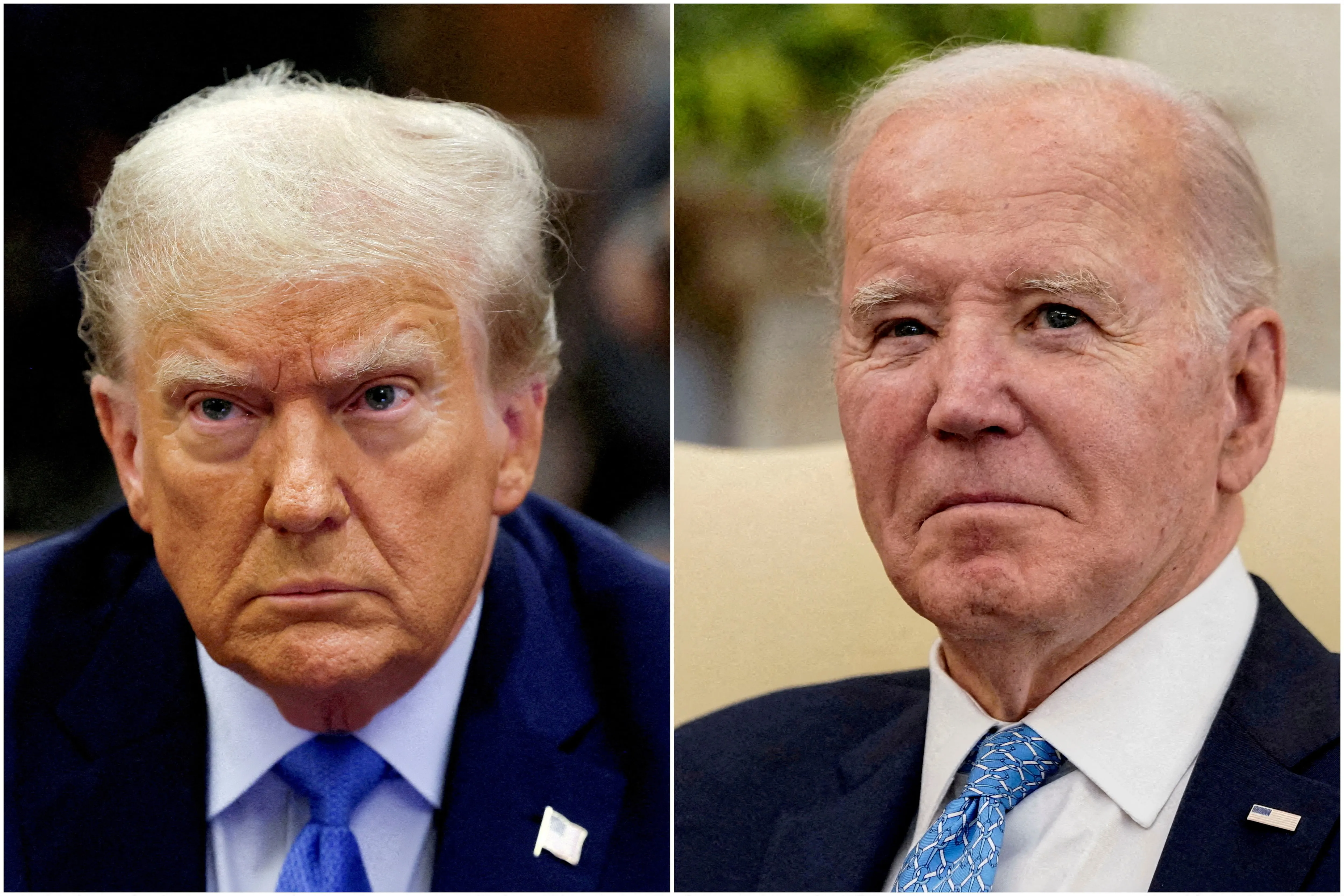The shocking murder of conservative commentator Charlie Kirk has plunged Utah Valley University and the wider nation into grief and disbelief.
New video footage surfacing from the scene appears to show a gunman dressed entirely in black positioned on a rooftop overlooking the atrium where Kirk was hosting a Turning Point USA event.
The imagery has fueled mounting outrage, fear, and speculation, as law enforcement continues to investigate what Utah’s governor has called a “political assassination.”
The event had been billed as one of Kirk’s hallmark campus appearances, part of a nationwide effort to engage students in political dialogue.
The atmosphere, initially filled with anticipation and debate, descended into horror shortly after noon when a single bullet pierced the air and struck Kirk in the neck as he fielded questions from the audience.
Blood was seen pouring from his wound as he collapsed mid-sentence, shocking attendees and sending the atrium into chaos. Paramedics rushed to his aid, but despite frantic attempts to stabilize him, Kirk was pronounced dead roughly an hour later.
Central to the investigation is a pair of videos recorded by attendees and bystanders. In the first, filmed shortly before the gunfire erupted, at least two individuals can be heard questioning the presence of a figure on a nearby rooftop.
“So there’s somebody on the roof right there,” one voice says, clearly uneasy.

The footage appears to capture a figure lying in a prone position, dressed entirely in black, overlooking the venue. One witness gestures toward the building, narrating that the person had “just ran from over there” before taking a position on the roof. The sense of foreboding in their voices has only added to the chilling nature of the tragedy.
A building marked “Sparks Automotive” can be seen in the frame, though investigators have not confirmed whether the suspected gunman was stationed on that structure or another nearby roof.
The second video, captured from the opposite side of the atrium, appears to show the same individual darting across a rooftop from left to right. That footage has become a focal point for law enforcement, who are carefully analyzing frames in an effort to identify the shooter.
As of late evening, the gunman remains at large. Earlier reports from FBI Director Kash Patel suggested that a suspect had been taken into custody, but this was later walked back.
In a social media post, Patel clarified that the individual questioned had been released after interrogation. “The subject in custody has been released after an interrogation by law enforcement.
Our investigation continues and we will continue to release information in the interest of transparency,” Patel announced.
The reversal has left the public confused and frustrated. Initial relief that a suspect had been detained quickly gave way to fear as news spread that the real shooter may still be free.
Adding to the uncertainty, CNN reported that no weapon was recovered from the rooftop. Analysts suggested that the shooter may have meticulously planned the attack, carrying the weapon in, executing the shot, and then breaking it down into a smaller bag to avoid detection during escape.

“If you get off that roof, you have access right to a parking lot where he could have easily gotten into a car and left,” CNN’s John Miller explained, noting that investigators are now trying to determine whether surveillance cameras or license plate readers captured crucial evidence.
Authorities have confirmed that a 25-year-old man was detained as a person of interest, but it remains unclear whether that individual is the same figure seen in the rooftop videos. After hours of questioning, he was released, leaving no definitive suspect in custody.
This has raised questions about the adequacy of law enforcement’s response and whether opportunities to prevent further violence may have been missed. Officials remain tight-lipped, citing the active and ongoing nature of the investigation.
Utah Governor Spencer Cox delivered one of the strongest statements of the day, declaring the killing a political assassination and emphasizing that the state still maintains capital punishment.
“This is a dark day for our state, it’s a tragic day for our nation. And I want to be very clear that this is a political assassination,” Cox said at a press conference.
He went further, reminding the public of Utah’s death penalty statute. “I just want to remind you, we still have the death penalty here in the state of Utah,” the governor asserted.
His remarks underscored the gravity with which state officials view the crime and hinted at the severity of punishment they believe the perpetrator should face if apprehended and convicted.
Experts reviewing the available evidence describe the shooting as highly deliberate. The gunman appeared to have conducted advance reconnaissance, selecting a vantage point that offered a clear line of sight into the atrium.

“He managed to do his pre-operational planning, find that spot, line it up where he thought his victim would be, take out Kirk with a single bullet, pack up the weapon, maybe break it down, put it into a smaller bag,” Miller observed during CNN’s coverage.
The precision of the attack, combined with the shooter’s apparent ability to vanish without immediate capture, has heightened fears that this was not a spontaneous act of violence but a carefully orchestrated assassination.
Eyewitnesses remain shaken by the events. Many had arrived expecting a spirited political discussion, only to find themselves fleeing for their lives. Accounts from attendees reveal a mixture of panic, confusion, and disbelief.
“I thought it was a balloon popping at first,” one student recounted. “Then I saw him fall, and everyone started screaming.”
Another attendee described the eerie moment just before the gunshot, when murmurs about the rooftop figure began circulating. “We joked nervously about it, like maybe it was security. But then when it happened, it all clicked.”
These accounts underscore the atmosphere of tension that preceded the violence, raising questions about whether warning signs could have been acted upon sooner.
Kirk’s death reverberated far beyond the campus. As a conservative activist and founder of Turning Point USA, he was a central figure in the political youth movement. His influence extended across college campuses nationwide, where he cultivated a devoted following.
The assassination has ignited fierce debates over political violence, free speech, and security at public events. Supporters mourn the loss of a leader they viewed as a fearless voice for their values.

Critics, while often opposed to his politics, condemned the killing as a heinous act that threatens democratic discourse itself.
The bipartisan condemnation illustrates the gravity of the attack. Politicians across the spectrum have called for unity, even as the nation grapples with widening divides.
One of the most pressing questions emerging from the tragedy is how a rooftop shooter was able to position themselves so close to the event venue without detection or intervention.
Universities frequently employ security protocols for high-profile speakers, including controlled access points, bag checks, and law enforcement presence. Yet the rooftop presence appears to have gone unchallenged until it was too late.
The failure has prompted scrutiny of both university security and local law enforcement coordination. Investigators are now tasked not only with finding the gunman but also with identifying gaps that allowed the attack to occur.
The imagery of a gunman lurking on a rooftop has unsettled many Americans. For some, it evokes memories of other tragic assassinations, from President John F. Kennedy in Dallas to more recent acts of targeted violence against public figures.
At a time of intense political polarization, the killing of a prominent conservative commentator has deepened anxieties about the safety of public discourse. Questions loom about whether other public figures may be at risk and what measures can be taken to prevent future attacks.
As the investigation continues, officials have urged the public to remain calm and vigilant. Surveillance footage from multiple vantage points is being analyzed frame by frame.
 Witnesses are being interviewed, and forensic teams are scouring rooftops, parking lots, and nearby streets for any trace of the gunman’s escape.
Witnesses are being interviewed, and forensic teams are scouring rooftops, parking lots, and nearby streets for any trace of the gunman’s escape.
The FBI and local law enforcement have pledged transparency, though the early misstep in announcing and then releasing a suspect has shaken public confidence. Nevertheless, investigators insist that they are following promising leads and will bring the perpetrator to justice.
The murder of Charlie Kirk has left a community shattered and a nation reeling. The chilling videos showing a dark figure on a rooftop have seared themselves into public consciousness, serving as haunting evidence of how quickly violence can erupt in the most public of spaces.
As Kirk’s supporters grieve and the nation debates the implications, the search for the killer continues. Governor Cox’s declaration of political assassination has set a tone of gravity, and law enforcement faces immense pressure to deliver answers.
What remains certain is that this event has transformed not only a university campus but the broader political landscape. The tragedy highlights the fragility of public safety in an era of heightened division and serves as a stark reminder of the urgent need for vigilance, compassion, and accountability.
Until the gunman is caught, the rooftop shadow over Utah Valley University will remain an open wound—a symbol of both loss and the unfinished quest for justice.




